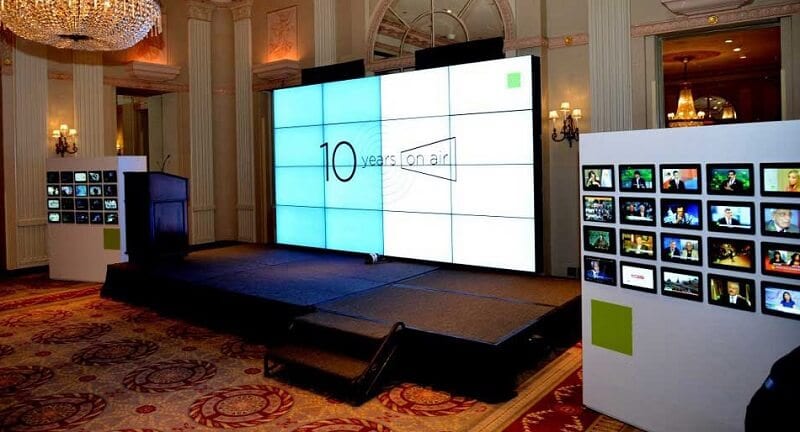Light Emitting Diode display panels have gained traction for their ability to deliver high-quality imagery in multiple settings, from corporate environments to entertainment venues. One of the most significant aspects of these panels is their interface capabilities, which allow users to connect them to multiple devices and systems. Understanding the diverse connectivity options supported for LED wall panels is essential for maximizing their use and effectiveness. This article details these options, showcasing how they can adapt to various needs and preferences.

One common connection method for Light Emitting Diode wall panels is HDMI. High-Definition Multimedia Interface is broadly known for transmitting high-quality video and audio streams between components. This interface type is particularly beneficial in commercial environments, such as conference rooms or classrooms, where presentations or video content are often shared. By using HDMI cables, operators can easily connect laptops, projectors, and streaming devices to Light Emitting Diode wall panels, ensuring a clear and dynamic presentation of information.
Another commonly used interface option is DisplayPort, which is comparable to High-Definition Multimedia Interface but offers additional benefits. Display Port can support higher refresh rates and resolutions, making it an ideal choice for gaming or design-heavy applications. For those deploying LED wall panels in settings where output quality is critical, such as esports arenas or creative workspaces, Display Port can provide the necessary visual quality. Moreover, many contemporary computers and graphics cards feature Display Port connections, making it a convenient option for technology-oriented professionals.
In addition to HDMI modular led wall panels and DisplayPort, wireless transmission methods are becoming increasingly prevalent in Light Emitting Diode wall panel solutions. Wireless connections allow operators to share content without the requirement for physical cables, promoting a streamlined and more flexible setup. Platforms such as wireless internet and Bluetooth enable users to connect smartphones, tablets, and laptops seamlessly to Luminescent Diode wall panels without tangled wires. This convenience is particularly beneficial in fast-paced environments like trade shows or live functions, where quick adjustments to displays are often needed.
For larger deployments or more complex configurations, LAN integration through Ethernet is another viable option. Wired connections provide a consistent and robust way to integrate multiple LED wall panels within a network. This setup is suitable for digital signage applications found in retail centers or airports, where numerous panels may need to present synchronized content across a wide area. By using Ethernet cables and network switches, operators can guarantee that all linked panels receive uniform data and information efficiently.
Finally, it's important to consider the evolution of interface technology with technologies such as USB-C and Thunderbolt 3. These next-generation connection types offer increased data transfer rates and flexibility by allowing one cable to handle both energy transfer and data transmission. As more devices incorporate these standards, LED wall panels equipped with Type-C ports will likely become more prevalent. This shift in connectivity not only enhances the capabilities of LED wall panels but also aligns with the growing trend of minimalism in hardware arrangements by minimizing the number of cables required.
In summary, exploring the diverse interface methods available for LED wall panels reveals many possibilities for users across various industries. From conventional methods like HDMI and DisplayPort to contemporary cordless technologies and LAN setups, each pathway serves specific functions tailored to specific needs. Additionally, emerging technologies like Universal Serial Bus-C offer further advancements in how professionals utilize LED wall panels. By grasping these connectivity choices, end-users can make strategic decisions that enhance their overall experience with these versatile see display tools.
Comments on “Examining the Diverse Integration Options Offered for Light Emitting Diode Wall Modules”